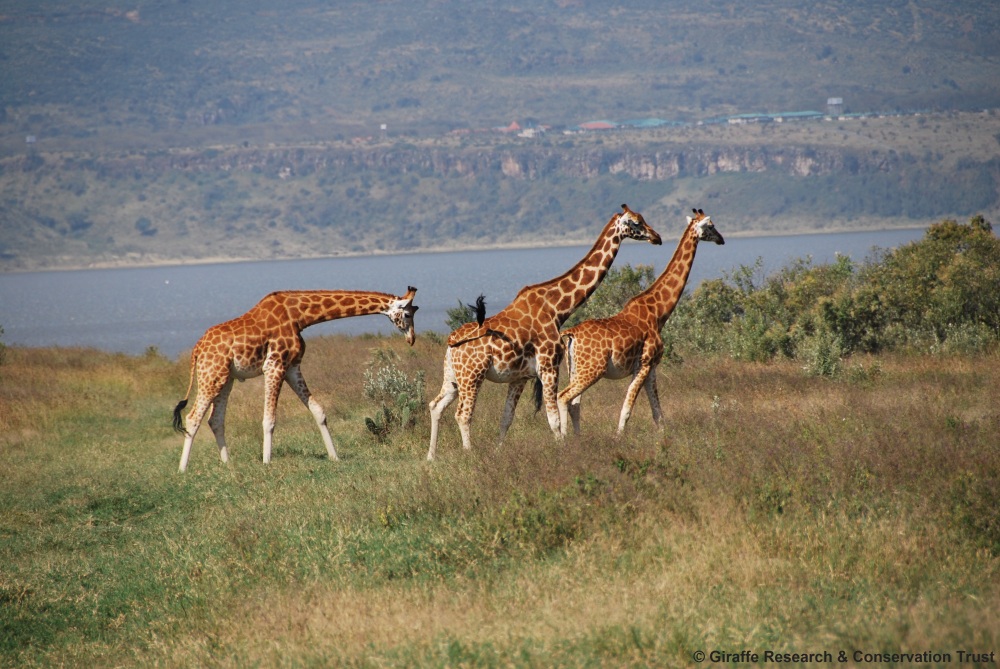Giraffes in Kenya

Learning how best to conserve Africa's giraffes.
The number of giraffes has fallen by 40% in the past fifteen years and some populations have crashed by as much as 80%. Despite this, little is known about giraffe behaviour and conservation action is scarce.
The problem
There are nine types of giraffe, distinguished by their coat patterns.
Despite being a popular, globally recognised animal and iconic symbol of Africa, giraffe populations are under threat in the wild.
Since 1999, there has been an estimated 40% decline in giraffe populations across Africa, with some populations declining by as much as 80%. As a species, giraffes are listed as Least Concern on the IUCN Red List, with only the West African giraffe and Rothschild’s giraffe having so far been assessed at the subspecies level, and subsequently listed as Endangered.
Our knowledge about giraffes in the wild and the dangers they face is surprisingly limited in comparison to our knowledge of other large, African mammals.
The solution
We are supporting the Giraffe Research & Conservation Trust to undertake giraffe population and conservation assessments in Kenya.
Our findings will be used to assess giraffe conservation status and provide current information on population size, distribution and threats in the wild.
All this new data will provide important baseline figures which can be used to identify conservation priorities and form an action plan for the nation’s giraffes before the situation gets worse.
Latest update
- The team’s findings have contributed to giraffes now being classified as vulnerable to extinction, according to the International Union for the Conservation of Nature (IUCN). Until now, the conservation status of giraffes was considered of “least concern” by the IUCN. This listing is very exciting for our experts and a big step forward for giraffe conservation.
- The team are now working with experts to review and publish assessments of all the subspecies. All the populations are isolated from each other, separated by geographical barriers, and possibly biological barriers too. We know this because the subspecies do not interbreed. With this more detailed information we will have a better understanding of how each population is faring and what we need to do to ensure they are safe in the future.
